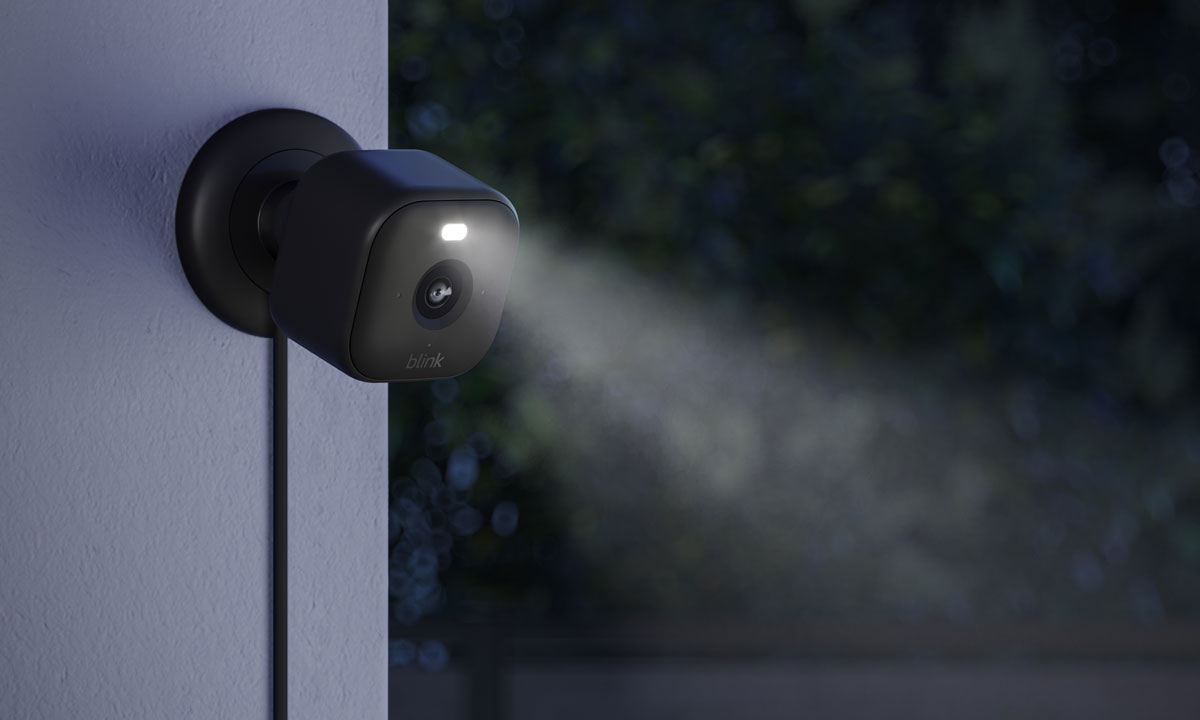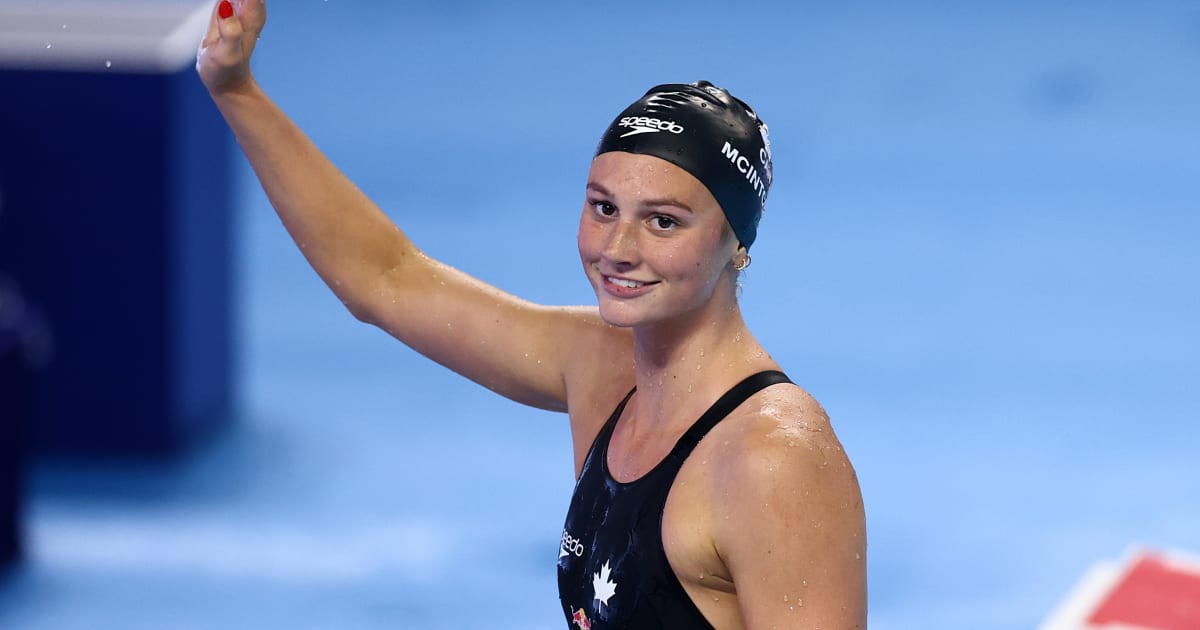Cooper Flagg is taking flight.
The No. 1 pick’s first 20-piece came with a poster on Sunday. See what else is trending around the NBA after a historic Opening Week.

5 stories in today’s edition 🏀
Oct. 27, 2025
What’s Trending: Another…

Cooper Flagg is taking flight.
The No. 1 pick’s first 20-piece came with a poster on Sunday. See what else is trending around the NBA after a historic Opening Week.

Oct. 27, 2025
What’s Trending: Another…

If you’re in the market for a budget-friendly home security camera (or even several), the Blink Mini 2 may be worth considering. A two-pack of the cameras is on sale at Amazon as the bundle has dropped from $70 to $28.
That’s a discount of 60…

Just over a week before New York City’s mayoral election on 4 November, about 13,000 people poured into Forest Hills stadium in Queens for the “NYC Is Not For Sale” rally, a packed gathering headlined by representative Alexandria…

Stock futures are pointing to a sharply higher open this morning after major indexes closed last week at record highs; investor sentiment is getting a boost after President Donald Trump said he was optimistic the U.S. would reach a trade deal with China and address ownership of social media app TikTok; Avidity Biosciences (RNA) shares are surging after Swiss pharmaceutical maker Novartis (NVS) said it would acquire the biotechnology firm; and U.S.-listed shares of Argentine companies are soaring after President Javier Milei’s political party posted victories in legislative elections there. Here’s what you need to know today.
Stock futures are higher this morning amid optimism about an apparent easing of trade tensions between the U.S. and China, while investors prepare for an expected rate cut by the Federal Reserve and a flurry of earnings reports from major technology companies later in the week. The three major U.S. stock indexes come into today’s session at record highs after each gained about 2% last week following a mild inflation report that reaffirmed expectations that the Fed will cut its key rate on Wednesday. Futures tied to the Dow Jones Industrial Average were up 0.5% recently, while those linked to the the benchmark S&P 500 and the tech-heavy Nasdaq added 0.9% and 1.3%, respectively. Bitcoin was trading at $115,400, up from a low over the weekend around $111,000. Gold futures were down 2.6% at $4,030 an ounce, as the precious metal continues to step back from recent highs. The yield on the 10-year Treasury note, which affects borrowing costs on a wide array of consumer loans, rose to 4.02% from 4.00% at Friday’s close. Crude oil futures were down slightly at around $61.40 after jumping last week following a move by the U.S. to place sanctions on Russian oil firms.
President Donald Trump said early Monday that the U.S. is positioned to reach a trade deal with China, as the the president gets set to meet with Chinese leader Xi Jinping on Thursday in South Korea. “I have a lot of respect for President Xi, and we are going to come away with the deal,” Trump said. U.S. and Chinese negotiators over the weekend reached a framework for a trade deal that could result in a reduction of tariffs and trade barriers between the two countries. The deal will reportedly delay the implementation of 100% tariffs on Chinese imports that were slated to begin on Nov. 1, while China’s export controls on rare earth elements are also expected to be delayed as the two sides continue negotiations. Trump also expects the two countries to reach a deal on ownership of the social media app TikTok. The U.S. also announced that separate trade and mineral agreements were reached with Malaysia and Cambodia, while trade pact frameworks were struck with Thailand and Vietnam. Shares of U.S. chipmakers Nvidia (NVDA) and Advanced Micro Devices (AMD), which are seeking to sell into Chinese markets, were both up more than 2% in premarket trading.
Trump said that the U.S. will slap an additional 10% tariff on Canadian goods after the Ontario provincial government ran an ad criticizing tariffs during the World Series on Friday. Ontario Premier Doug Ford said that broadcasts of the ad would end on Monday. Trump has criticized the ad for featuring comments from former President Ronald Reagan, which he described as a “serious misrepresentation of the facts.” Trump had placed a tariff of 35% on Canadian goods not covered by the USMCA agreement, though tariffs on some products like steel and aluminum are subject to levies of 50%. Trump had previously said trade negotiations with Canada would be “terminated” over the ad.
Shares of Avidity Biosciences (RNA) are soaring in premarket trading after Swiss pharmaceutical giant Novartis (NVS) agreed to buy the biotechnology company in a deal valued at $12 billion. Avidity will spin off part of its early-stage precision cardiology business before closing the deal in the first half of 2026, Novartis said in a statement. “The Avidity team has built robust programs with industry-leading delivery of RNA therapeutics to muscle tissue,” Novartis CEO Vas Narasimhan said. “We look forward to developing these programs to meaningfully change the trajectory of diseases for patients.” Shares of Avidity jumped more than 40% ahead of the opening bell, while Novartis shares were down about 1%.
Shares of U.S.-listed Argentine companies are surging after President Javier Milei’s La Libertad Avanza party won a landslide legislative victory. President Donald Trump had offered to provide financial support for Argentina but said that the bailout hinged on the outcome of the election. “BIG WIN in Argentina for Javier Milei, a wonderful Trump Endorsed Candidate?,” Trump said on Truth Social. Shares of financial services companies Grupo Financiero Galicia SA (GGAL), Banco BBVA Argentina SA (BBAR) and Banco Macro SA (BMA) each gained more than 30% in premarket trading. Shares of oil company YPF (YPF) jumped about 25%, while shares of e-commerce firm MercadoLibre (MELI) added 7%.

The 38th Tokyo International Film Festival got off to a spectacular start on Monday with a galaxy of stars in attendance.
Attendees parading the red carpet at the storied Takarazuka Theater included a veritable who’s who of celebrities…

Canadian swimming star Summer McIntosh says she’s ‘feeling great’ after recovering from an illness that caused her to miss three World Cup stops earlier this month, including a home meet in Toronto.
The 19-year-old sensation, who won three gold…

Jack DeJohnette, the jazz drummer celebrated as one of the genre’s true greats – who worked with stars including Miles Davis, Sonny Rollins and Charles Lloyd – has died aged 83. A press representative for ECM, the record label that released…

U.S. Treasury Secretary Scott Bessent speaks to reporters at the White House in Washington, D.C., Oct. 22, 2025.
Kevin Lamarque | Reuters
Treasury Secretary Scott Bessent on Monday confirmed that the list of candidates to replace Federal Reserve Chair Jerome Powell has been winnowed down to five, and President Donald Trump said the replacement is likely to be named by the end of the year.
Speaking to reporters on Air Force One, Bessent said the finalists are current Fed Governors Christopher Waller and Michelle Bowman, National Economic Council Director Kevin Hassett, former Fed Governor Kevin Warsh, and BlackRock executive Rick Rieder, according to several media outlets.
Those names were reported earlier this month by CNBC.
Bessent, who had been rumored to be a top candidate as well, said he has been conducting interviews and that he expects to do one more round before presenting a “good slate” to Trump after the Thanksgiving holiday.
Trump, also speaking to reporters Monday on Air Force One, said he anticipates naming a replacement by the end of the year. Powell’s term doesn’t expire until May. Powell then can either step down from the Fed entirely or continue serving a term as governor that lasts until 2028.
The Federal Open Market Committee meets this week, with an interest rate decision due Wednesday. Markets are pricing in a near certainty that the committee will lower its benchmark overnight borrowing rate by a quarter percentage point, which would follow a similar cut in September.
Trump has three appointees on the seven-member board of governors: Waller and Bowman, as well as Stephen Miran, who is filling an unexpired term that ends in January. Miran, who was confirmed in September as the head of the Council of Economic Advisers, is not expected to be reappointed. He has campaigned for the FOMC to be more aggressive in easing.
Should Powell opt to leave the Fed, that would give Trump four appointees. Trump thus far has been unsuccessful in trying to remove Governor Lisa Cook from the board. A rotating cast of five regional presidents joins the governors as voters during the FOMC meeting.